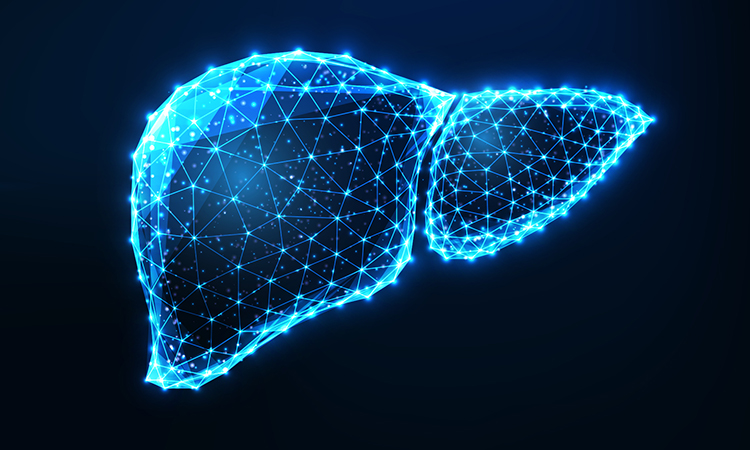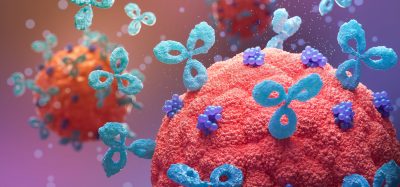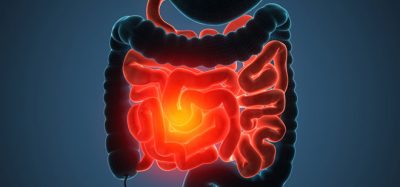Improved understanding of the liver fibrosis process
Posted: 18 March 2024 | Drug Target Review | No comments yet
Scientists have examined gene activity in mice models, noting important indicators of liver disease severity which may be used as therapeutic strategies.


Researchers at the CeMM Research Center for Molecular Medicine of the Austrian Academy of Sciences have examined gene activity in two different mouse models exhibiting varying degrees of liver disease severity to better elucidate the scarring process. They also captured particular phases of spontaneous regression of the disease, as well as noting important indicators of disease severity.
The liver is the largest internal organ in the human body and is essential for life as a metabolic centre. Furthermore, it can rapidly regenerate in healthy individuals, even when large sections are removed in surgery. However, in cases of repeated or chronic injury to the liver tissue, this regenerative ability fails. Fibrosis, where liver cells are replaced by fibrous tissue, hardens the liver and makes it unable to perform its functions. Ultimately, this results in liver failure.
Led by Dr Thomas Reiberger, professor of Gastroenterology and Hepatology at MedUni Vienna and adjunct principal investigator at CeMM, the team observed a highly dynamic pattern of gene expression, both during the development of fibrosis and during the regression of liver fibrosis. Certain genes were upregulated during the progression of the disease and downregulated during regression, but for others, it was the opposite.
Biomarkers are redefining how precision therapies are discovered, validated and delivered.
This exclusive expert-led report reveals how leading teams are using biomarker science to drive faster insights, cleaner data and more targeted treatments – from discovery to diagnostics.
Inside the report:
- How leading organisations are reshaping strategy with biomarker-led approaches
- Better tools for real-time decision-making – turning complex data into faster insights
- Global standardisation and assay sensitivity – what it takes to scale across networks
Discover how biomarker science is addressing the biggest hurdles in drug discovery, translational research and precision medicine – access your free copy today
However, multiple genes demonstrated persistent expression changes even during the regression phase, showing long-lasting effects of liver damage. The team used state-of-the-art bioinformatics methods to link these genetic patterns to disease indicators: portal venous pressure, blood markers of liver injury, and the extent of liver fibrosis based on liver tissue samples. Four important groups of genes, “hub” genes, were identified through specially developed network algorithms, which could be linked to the dynamics of fibrosis, portal venous pressure, histological data, and blood markers. All these hub genes could be developed further into clinically relevant biomarkers.
These findings were tested and confirmed with datasets from patients with liver diseases. Collaborating with researchers from the University of Strasbourg and the Institut Universitaire de France, some of the “hub” genes were confirmed in patients who were cured of hepatitis C, and thus had a regressed liver disease.
More research is required to fully understand the potential of the hub genes and to use them for therapeutic strategies focusing on the regression of liver fibrosis. This is particularly relevant for patients with liver cirrhosis who adhere to alcohol abstinence or have been cured of viral hepatitis.
This study was published in iScience.
Related topics
Artificial Intelligence, Biomarkers, Genetic Analysis, Therapeutics
Related conditions
Liver disease, liver failure, Liver fibrosis
Related organisations
CeMM Research Center for Molecular Medicine, Institut Universitaire de France, University of Strasbourg
Related people
Dr Thomas Reiberger (CeMM)








